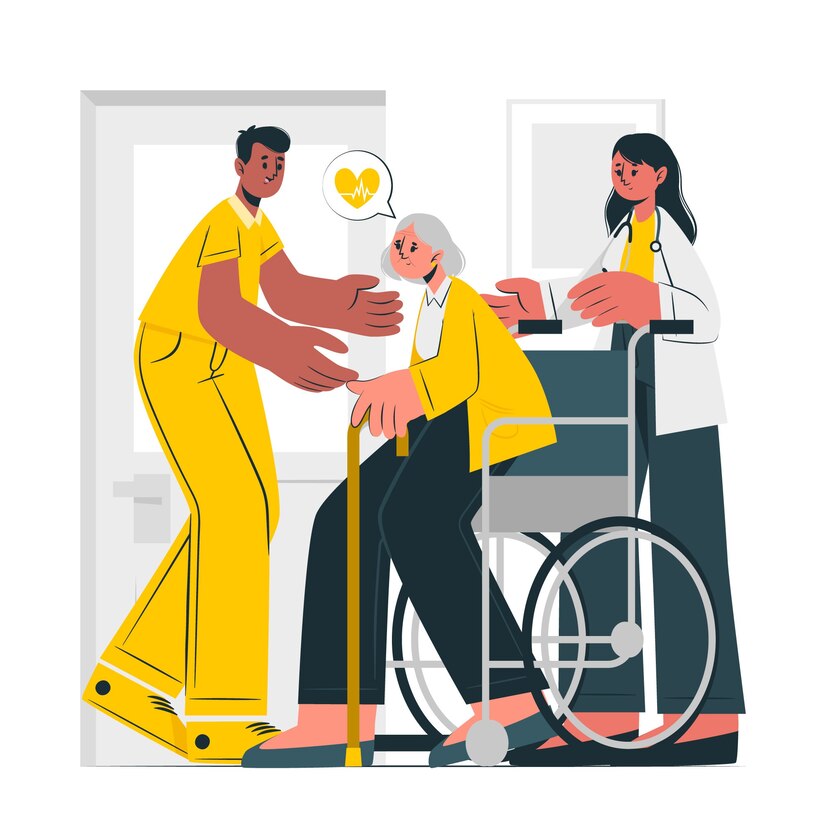Table of contents
Palliative care is a specialized medical approach that focuses on providing relief from the symptoms, pain, and emotional distress associated with serious illnesses. It aims to improve quality of life for patients and their families, regardless of the diagnosis or stage of disease. In recent years, CBD (cannabidiol) has gained attention as a potential addition to palliative treatment plans. But what exactly is the role of CBD in palliative care?
This comprehensive guide explores how CBD may help patients manage pain, anxiety, nausea, sleep disorders, and other symptoms common in palliative settings. Backed by early research and growing patient interest, CBD is becoming an important conversation in modern palliative medicine.
What is CBD?
CBD, short for cannabidiol, is a natural compound found in the cannabis plant. Unlike THC (tetrahydrocannabinol), CBD is non-psychoactive, meaning it does not produce a “high.” It interacts with the body’s endocannabinoid system (ECS) — a complex network of receptors that plays a key role in regulating pain, mood, appetite, inflammation, and sleep.
CBD is commonly available in various forms, including oils, capsules, edibles, topical creams, and vapes, allowing it to be tailored to a patient’s individual needs.
Why Consider CBD in Palliative Care?

Palliative care patients often face a wide range of challenging symptoms, both physical and emotional. These may stem from conditions such as cancer, heart failure, advanced respiratory diseases, kidney disease, or neurological disorders like ALS and Parkinson’s.
CBD in palliative care has shown potential to assist with:
🩹 1. Chronic Pain Management
Pain is one of the most common and distressing symptoms in palliative care. Studies suggest that CBD may reduce chronic pain by interacting with receptors in the nervous system and reducing inflammation. When combined with other therapies, CBD may lessen the need for opioids or reduce their side effects.
🌿 2. Reducing Nausea and Vomiting
Many palliative patients experience nausea due to their condition or treatments like chemotherapy. CBD may help reduce nausea and vomiting, especially when used in combination with THC or other anti-nausea medications.
🧘 3. Anxiety and Emotional Distress
Palliative patients often cope with emotional and existential distress. CBD has demonstrated anxiolytic (anti-anxiety) properties that may improve mood, reduce agitation, and support emotional stability during end-of-life care.
😴 4. Improving Sleep
Sleep disturbances are common in patients with chronic illness. CBD may promote better sleep quality by addressing underlying causes such as anxiety, pain, or insomnia. Unlike many sedatives, CBD has minimal side effects and does not typically cause daytime grogginess.
🛡️ 5. Neuroprotective and Anti-Inflammatory Effects
For patients with neurological diseases, CBD’s neuroprotective qualities may help slow disease progression and reduce inflammatory damage. Though more research is needed, early findings are encouraging.
What the Research Says About CBD in Palliative Care

While more large-scale human studies are needed, existing research supports the potential of CBD for improving quality of life in palliative care settings. Notable findings include:
- A 2010 study in The Journal of Pain found that a combination of CBD and THC was effective for pain relief in cancer patients.
- A 2019 review in Current Oncology Reports highlighted the role of cannabinoids in reducing cancer-related symptoms like pain, nausea, and weight loss.
- Anecdotal and clinical reports continue to build a case for integrating CBD as a complementary therapy in holistic palliative treatment plans.
How to Use CBD in Palliative Care
Here are the most common ways CBD can be incorporated into palliative care:
- CBD Oil/Tinctures: Quick absorption and adjustable dosing.
- CBD Capsules: Easy to administer, especially for elderly patients.
- Edibles/Gummies: Flavorful and discreet option.
- Topical Creams: For localized pain or skin issues.
- Inhalation (Vaping): Offers rapid symptom relief but may not be suitable for all patients.
Safety Note:
Patients in palliative care often take multiple medications. It’s essential to consult a healthcare provider before introducing CBD to avoid potential drug interactions.
FAQs About CBD in Palliative Care
CBD is generally well-tolerated and safe, but it can interact with certain medications. Always consult with your care team before use.
While CBD can help with pain, it’s typically used as a complementary therapy, not a replacement for prescribed medications. It may, however, reduce the required dosage of opioids.
Effects vary based on delivery method. Oils and inhaled CBD can take effect within minutes, while edibles may take 30–60 minutes. Topicals may offer localized relief within an hour.
CBD derived from hemp is federally legal in many countries, including the U.S., as long as it contains less than 0.3% THC. Always check your local laws.
Preliminary research and patient reports suggest CBD may ease emotional distress in palliative patients, providing a sense of calm and improved mental well-being.
Final Thoughts
The integration of CBD in palliative care is a promising frontier in modern medicine. While it’s not a cure for illness, CBD may significantly enhance comfort, emotional well-being, and symptom control for patients facing serious health challenges.
As always, CBD should be used thoughtfully and under medical supervision, particularly in vulnerable populations. With more research on the horizon, the future of CBD in palliative care looks bright, offering patients more control over how they experience care during their most critical times.





